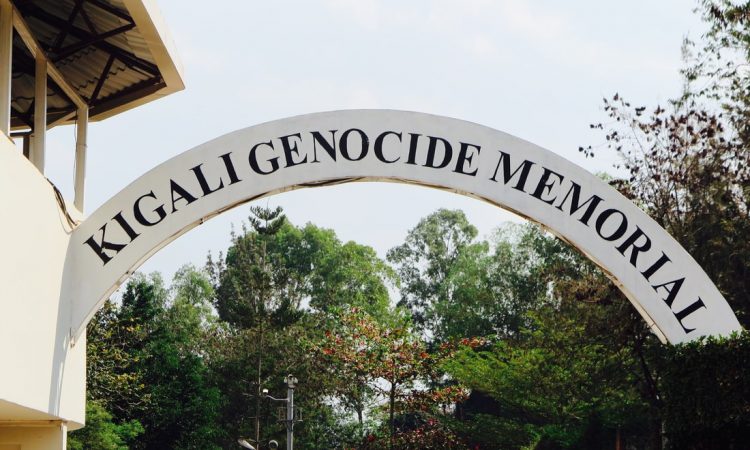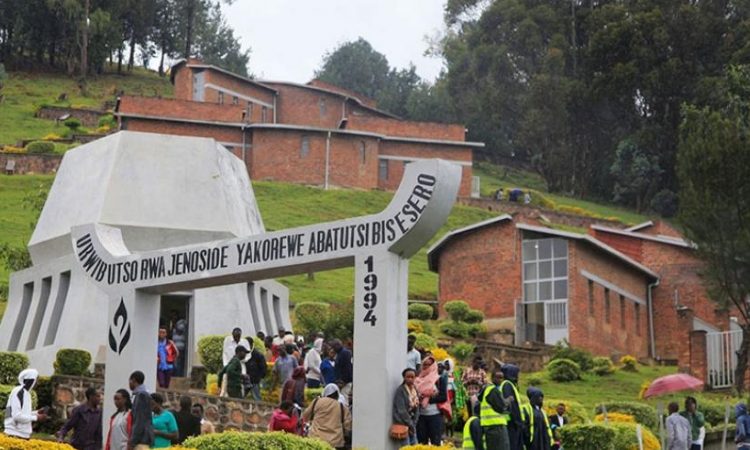Rwanda Genocide Memorial Sites Become World Heritage Sites: The last burial place of more than 800,000 people slain in the 1994 Rwanda genocide has been added to UNESCO’s World Heritage list, as the United Nations cultural organization lifts a prohibition on examining memorial sites for human suffering.

The sites in Rwanda commemorating the mass executions of mostly Tutsi victims at Nyamata, Murambi, Gisozi, and Bisesero were “just inscribed on the UNESCO World Heritage list,” the organization said on social media on Wednesday, 20th September, 2023.
The four Rwandan memorial sites commemorate the genocide, which mostly targeted the Tutsi minority but included moderate Hutus who were shot, beaten, or hacked to death by Hutu rebels between April and July 1994.
The UNESCO decision was also applauded by Naphthali Ahishakiye, executive secretary of Ibuka, the organization of genocide survivors.
So far, only the Auschwitz-Birkenau concentration camp in Poland and the Hiroshima Peace Memorial in Japan have been inscribed on the United Nations Cultural Organization’s World Heritage list.
UNESCO member states decided to add the Rwanda genocide and World War I sites to the list during a meeting of the UNESCO World Heritage Committee in Riyadh, Saudi Arabia, on Wednesday, 20th September 2023, after the addition of the Argentina torture memorial on Tuesday 19 September, 2023.
A UNESCO summit in 2018 postponed adding memorial sites to the list as the organization disputed whether the heritage list is a useful instrument for memorial sites related with crimes and conflicts.
According to the organization, member states agreed in early 2023 that these sites may play a vital role in peacebuilding, which is UNESCO’s core objective, and that the committee would review the three sites.
Rwanda Genocide Memorial Centers on the World Heritage List.
Kigali Genocide Memorial Center.
Kigali’s genocide memorial site is about a 10-minute drive from the city center in Gisozi. It is the last resting place for the 250,000 Rwandans killed in the genocide. It is handled by AEGIS, a non-governmental organization based in the United Kingdom committed to the prevention of genocides worldwide. The museum’s displays include skulls of genocide victims and perpetrators, images of survivors, and information on reconciliation efforts.
Another section has photographs and explanations of genocides from throughout the world, illustrating that this is not only a Rwandan issue but one that should never be repeated. Individuals who survived or lost loved ones can ‘re-connect’ by visiting a garden and many mass graves placed outside the building. This may be included in your Kigali city tour itinerary due of its proximity to the city center.
Nyamata Genocide Memorial Center.
The Nyamata genocide memorial center is located in Bugesera, 30 kilometers south of Kigali. The memorial honors the 25,000 Rwandan genocide victims that were buried beneath its foundations. One of Rwanda’s more somber attractions is a genocide memorial at Murambi.
It’s a terrible that so many Tutsi people came here believing it was a safe refuge, because churches were formerly seen to be safe havens. They had no notion this construction was a death trap rather than a place to live.
The Tutsi had sought sanctuary in the church, but they were surprised when Hutu militiamen smashed through the doors with hand grenades and cut them with machetes. The deceased’s clothes and identity cards are covered with blood on the church seats. The blood from multiple victims’ killing is still spread over the altar fabric. Outside the church, there are mass graves where you can offer your condolences.
Bisesero Genocide Memorial Site.
The Bisesero genocide memorial is located 60 kilometers from Kibuye, Rwanda, and it is estimated that 40,000 people killed during the genocide there. Using stones and twigs, this genocide memorial portrays the story of Tutsi resistance in the Bisesero mountains against Hutu invaders.
Murambi Genocide Memorial Site is in Murambi village, Remera Cell, Gasaka sector, Nyamagabe district, Southern Province, 126 kilometers from Kigali City and 3.5 kilometers from Nyamagabe town. Murambi was previously located in Nyamagabe commune in Gikongokoro prefecture, which was founded in 1963 by the merger of old communes of Bufundu, Nyaruguru, Bunyambiriri, and Buyenzi.

It is organized into the following key sections:
The reception: at this phase, guests are guided through the history that led to genocide.
There is a cemetery where more than 50,000 genocide victims are buried.
There is also a former technical school where the preserved remains of the deceased are kept in open space for tourists to view the extent and character of the victims’ deaths. A considerable number of victims were slain at this school, and about 1200 remains were preserved together with artifacts such as clothing worn by victims as proof of the genocide that occurred in the region.
There’s also a part with trenches where the victims’ bodies were cast after they were murdered, a volleyball pitch where a French flag was flown because the region was near a military base for the French forces serving during Operation Turquoise, and a Memorial Garden.


